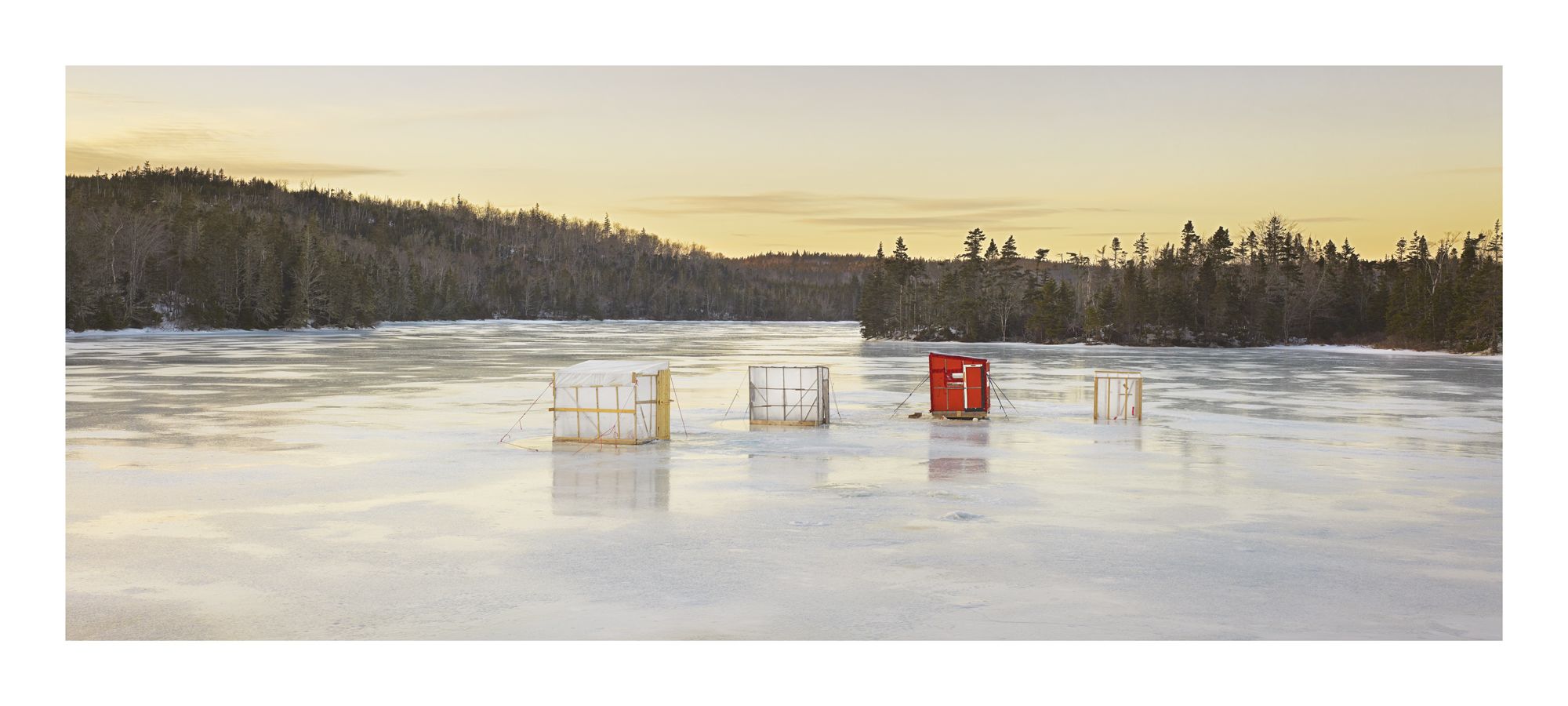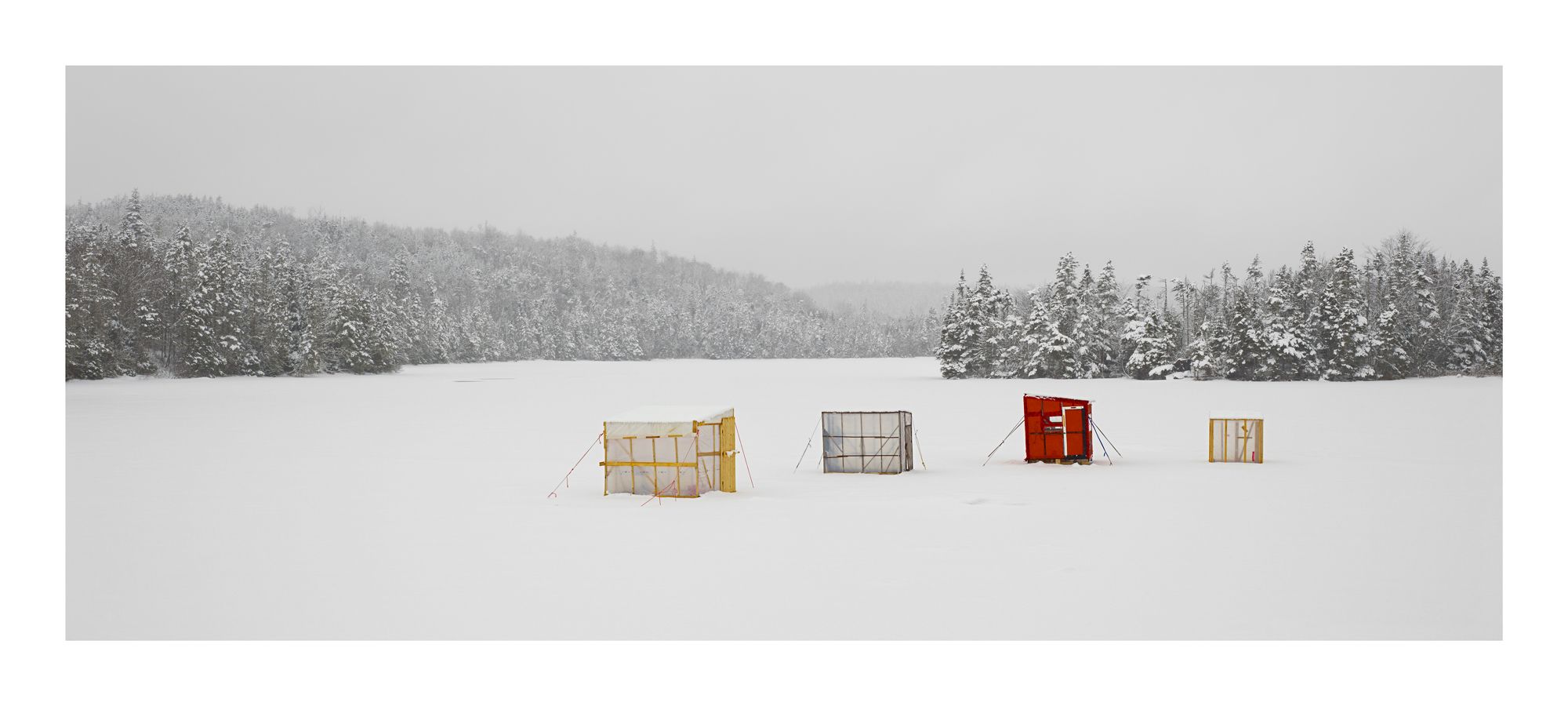Icy Legacy
A celebration of the late Canadian photographer Richard Johnson

If you've ever walked through the Pier A connector tunnel at Terminal 3 in Toronto's Pearson International Airport, you'll have seen the striking images of ice huts from around Canada lining the walls.
The colours of each unique hut, set against the greyish-white background of snow and an overcast sky, are eye-catching. And as the travelator moves you along the tunnel, the ice huts take you on a journey from coast to coast.
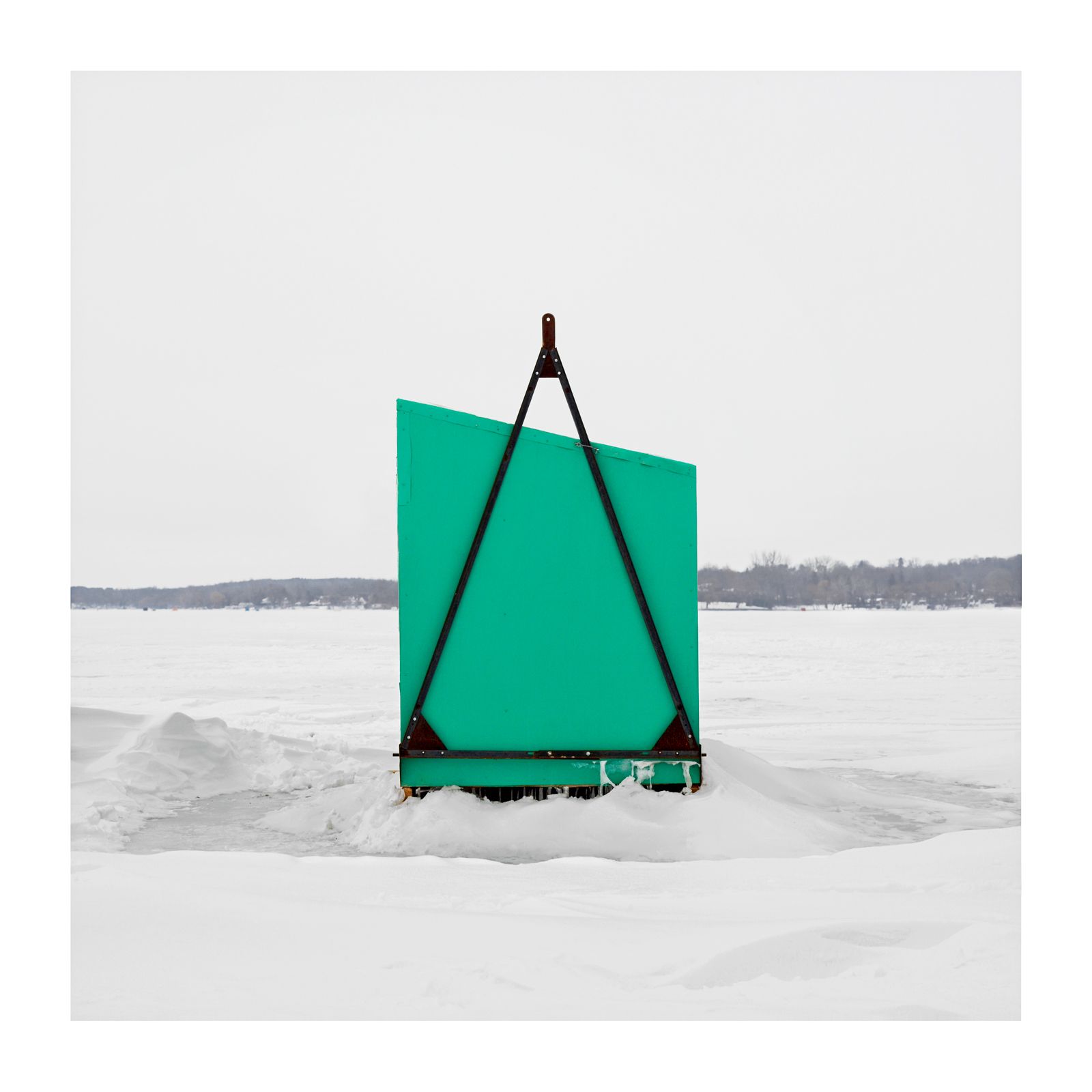
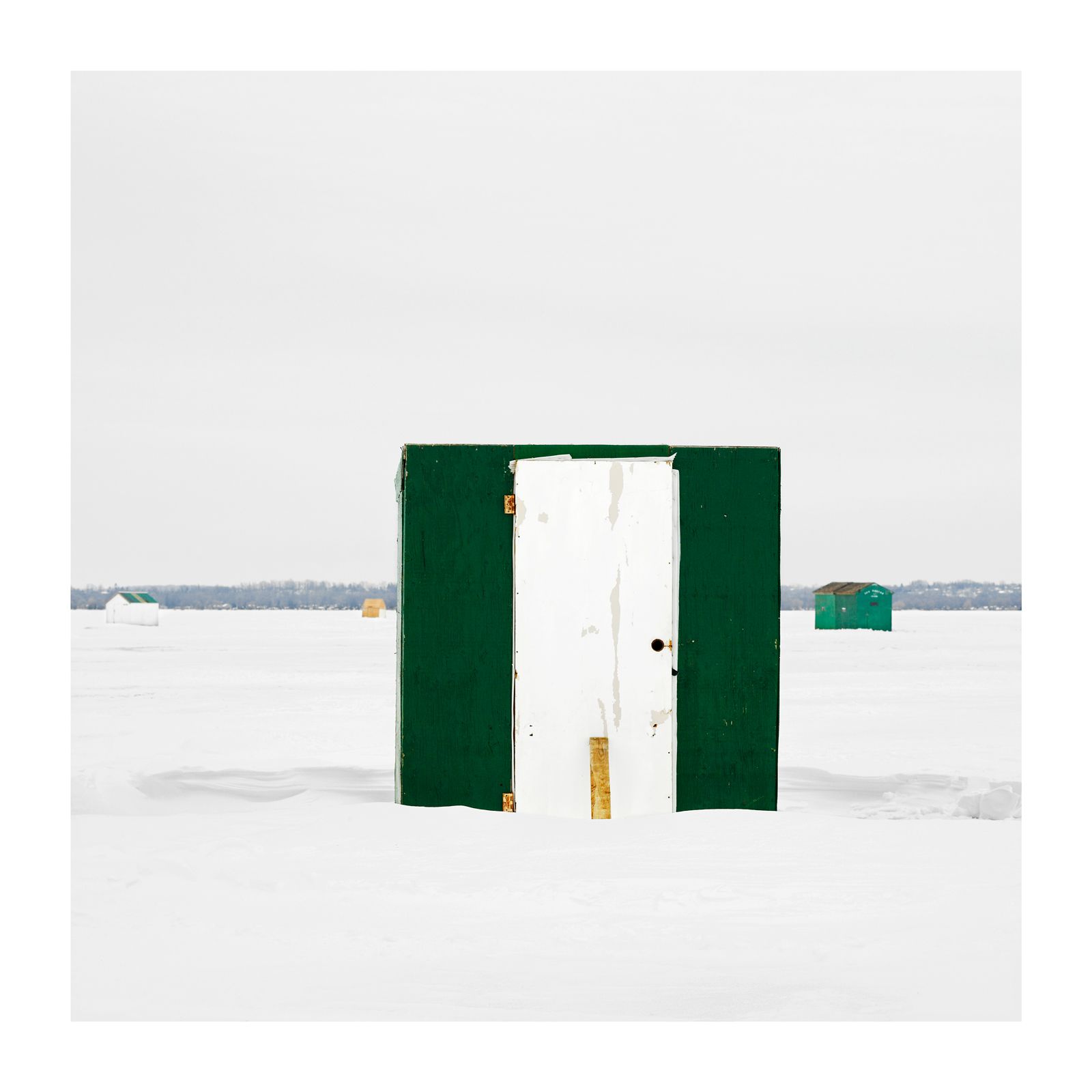
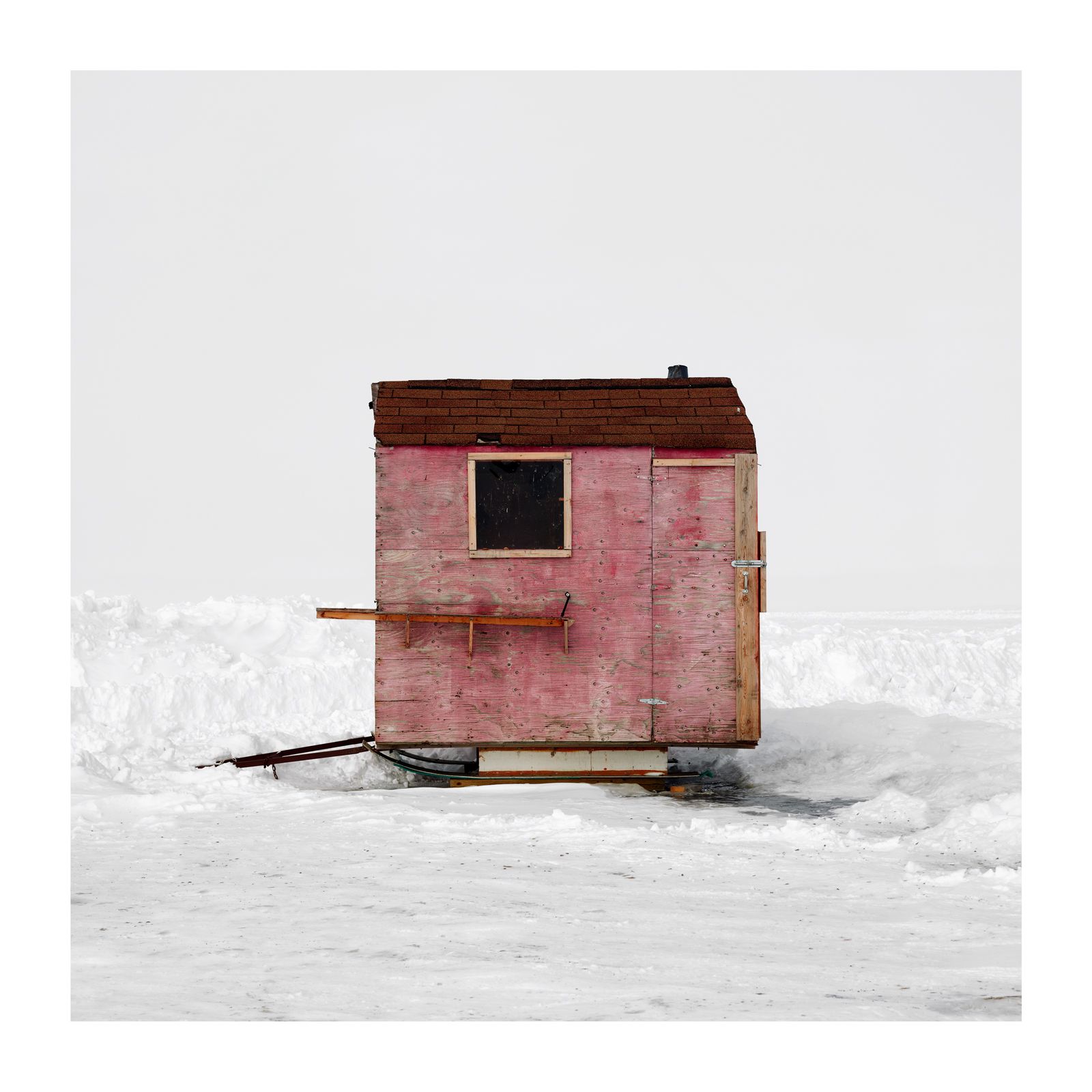
The work is courtesy of the late Richard Johnson, a Canadian architectural photographer who spent a decade travelling around the country photographing the humble ice hut. Through his vision, he elevated the classic Canadian structure to a thing of art and beauty.
Richard photographed the huts as a typology study, meaning they could be placed side-by-side for comparison and each one would have the same elements: an overcast sky, a snowy background and the hut placed in the middle on the same horizon line.
In places where the huts were too close together to photograph individually, Richard created photographs of the ice villages. That series showcase community and give a glimpse into the spirit of ice fishing culture in this country.
Richard passed away in December 2021 before he ever had the chance to photograph ice huts in the northern territories. But his remarkable legacy lives on in the virtual art gallery curated by his wife of nearly 40 years, Lucie Bergeron-Johnson, and a small but dedicated team.
"I think Richard started having a camera around his neck at the age of 13," Lucie tells me. "Photography was always, always, always a part of him."
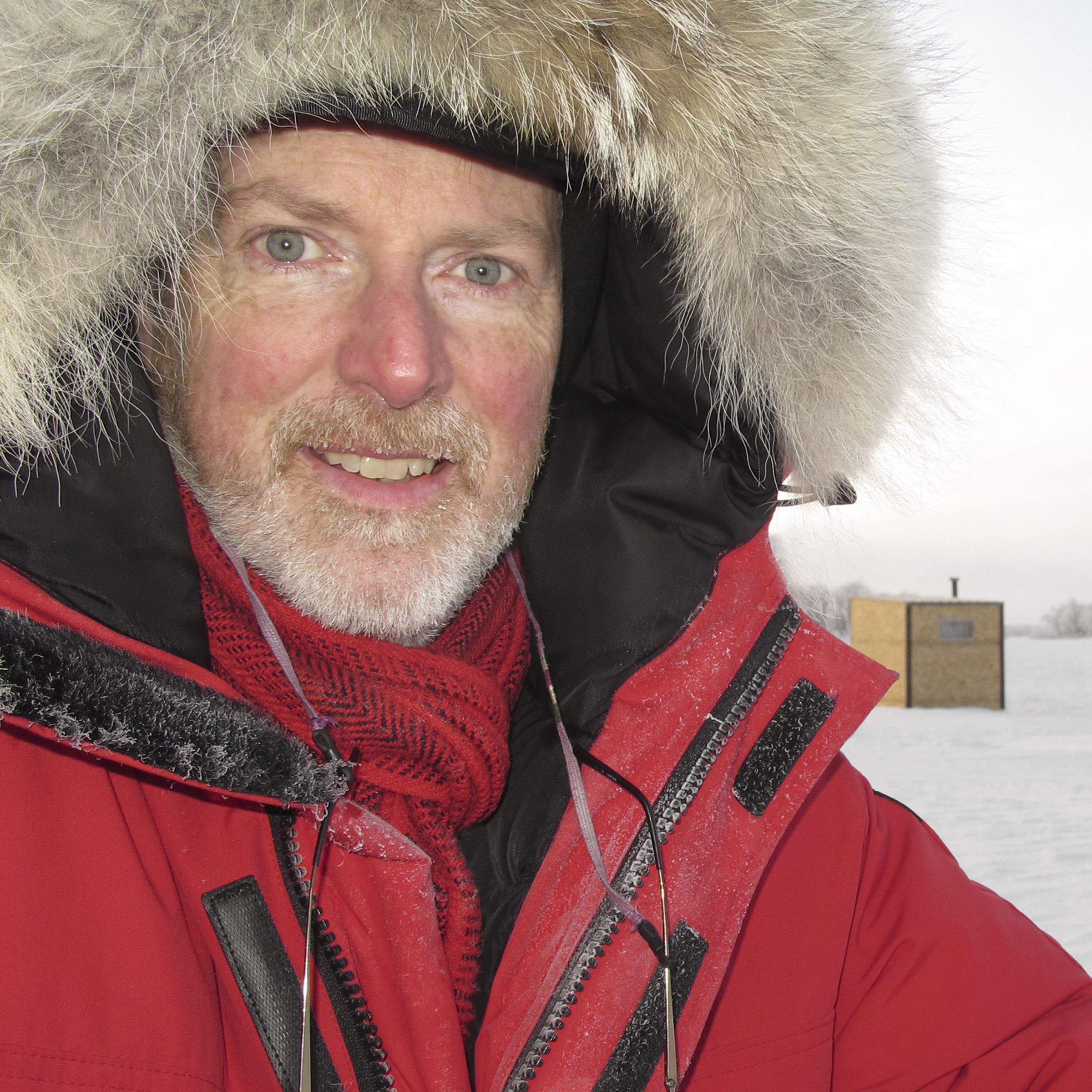
Richard began his career as an interior designer but moved into photography due to his natural talent and passion for the art. He was largely self-taught, learning from photographer friends and through trial and error.
"If anyone was going to make a living as a photographer, it was Richard," Lucie says.
Due to his love of design and architecture, Richard was always on the lookout for interesting structures. He photographed garbage bins in Wasaga Beach and chip wagons around Ontario, seeing beauty in the way people individualized them.
Lucie says Richard observed ice fishing huts for years before finally deciding to bring his equipment out on the ice in 2007.
"Richard said 'I think I want to go and photograph these ice fishing huts, I need to do this,'" Lucie said. He started with huts on Lake Simcoe, located just 85 km north of his Toronto home.
"And what came out of it is a beautiful collection and it was the beginning of something absolutely magical."
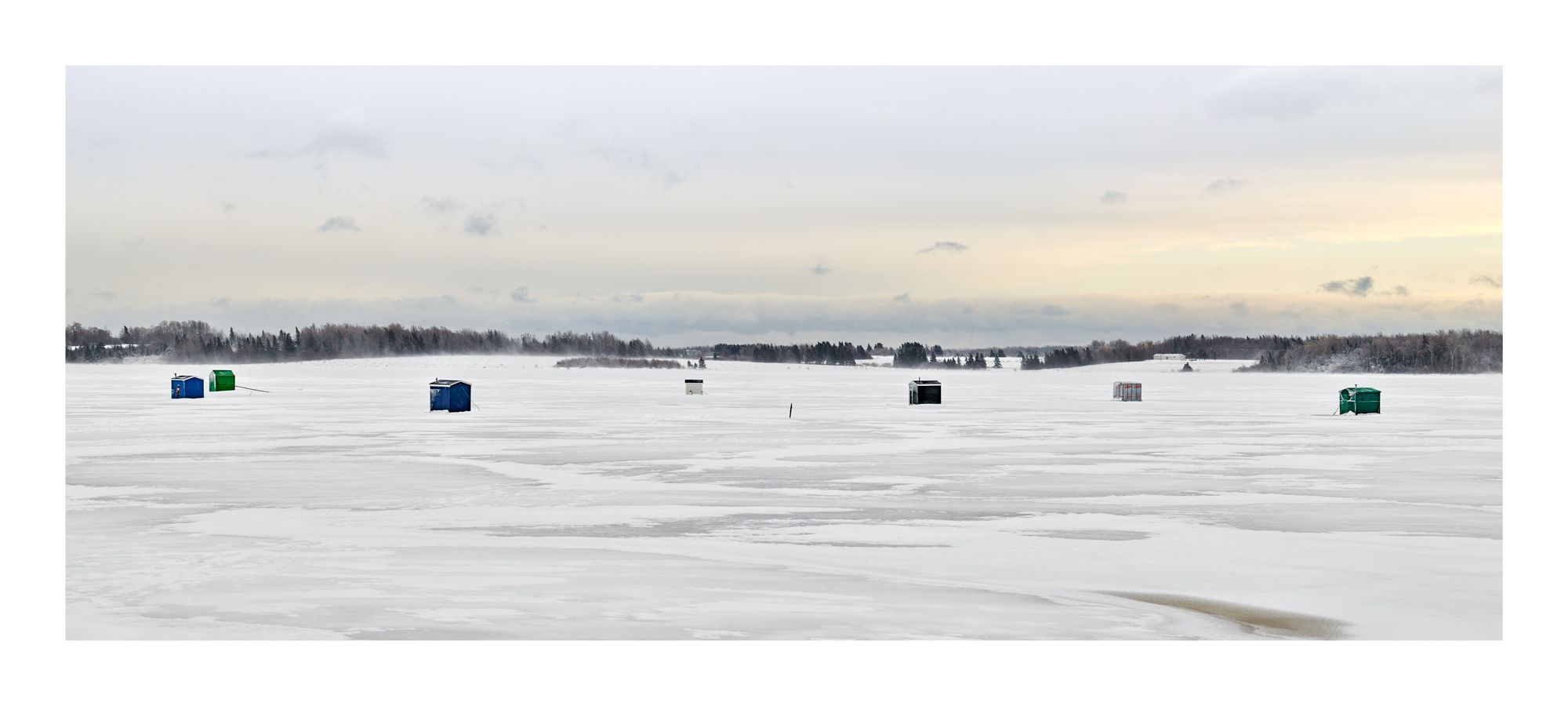

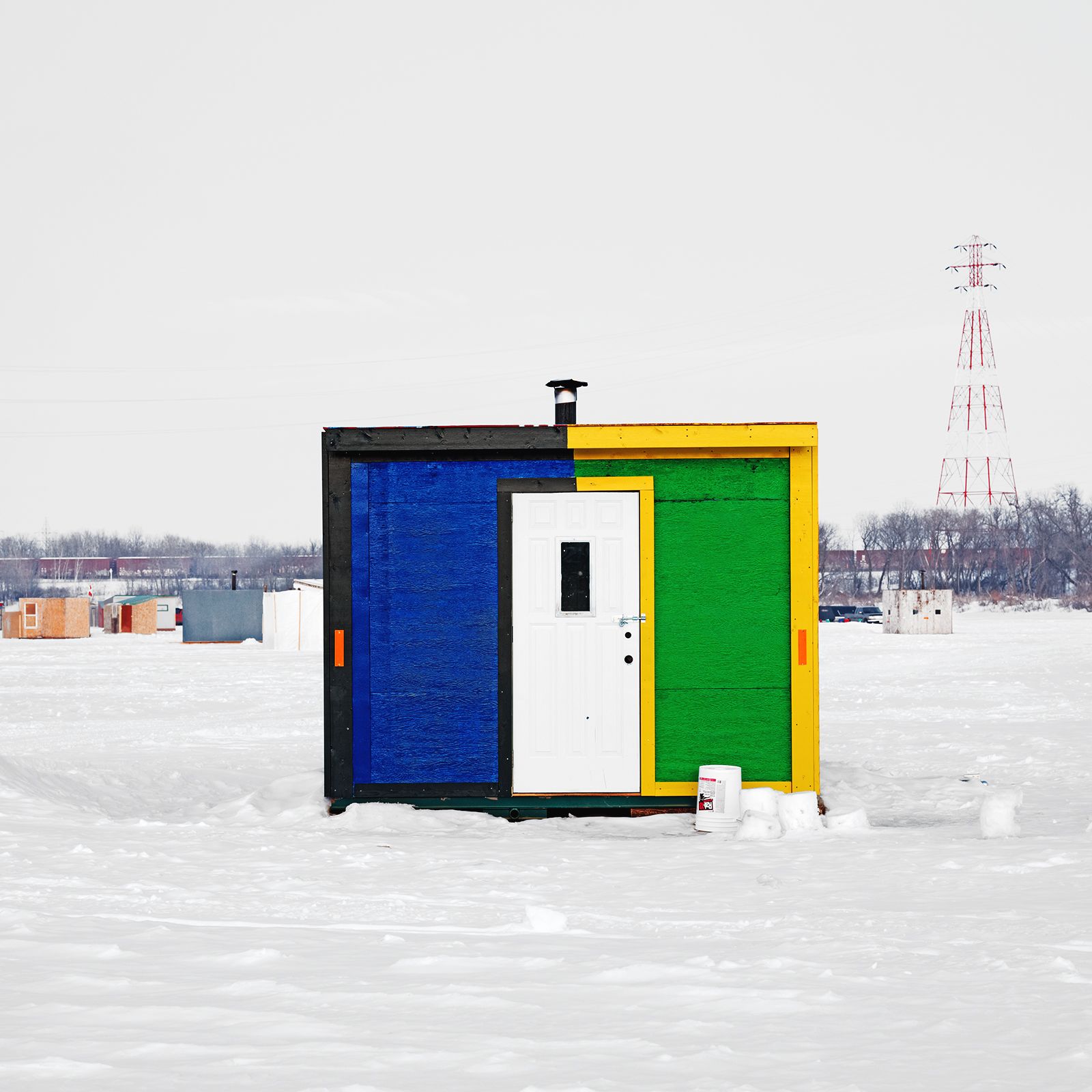
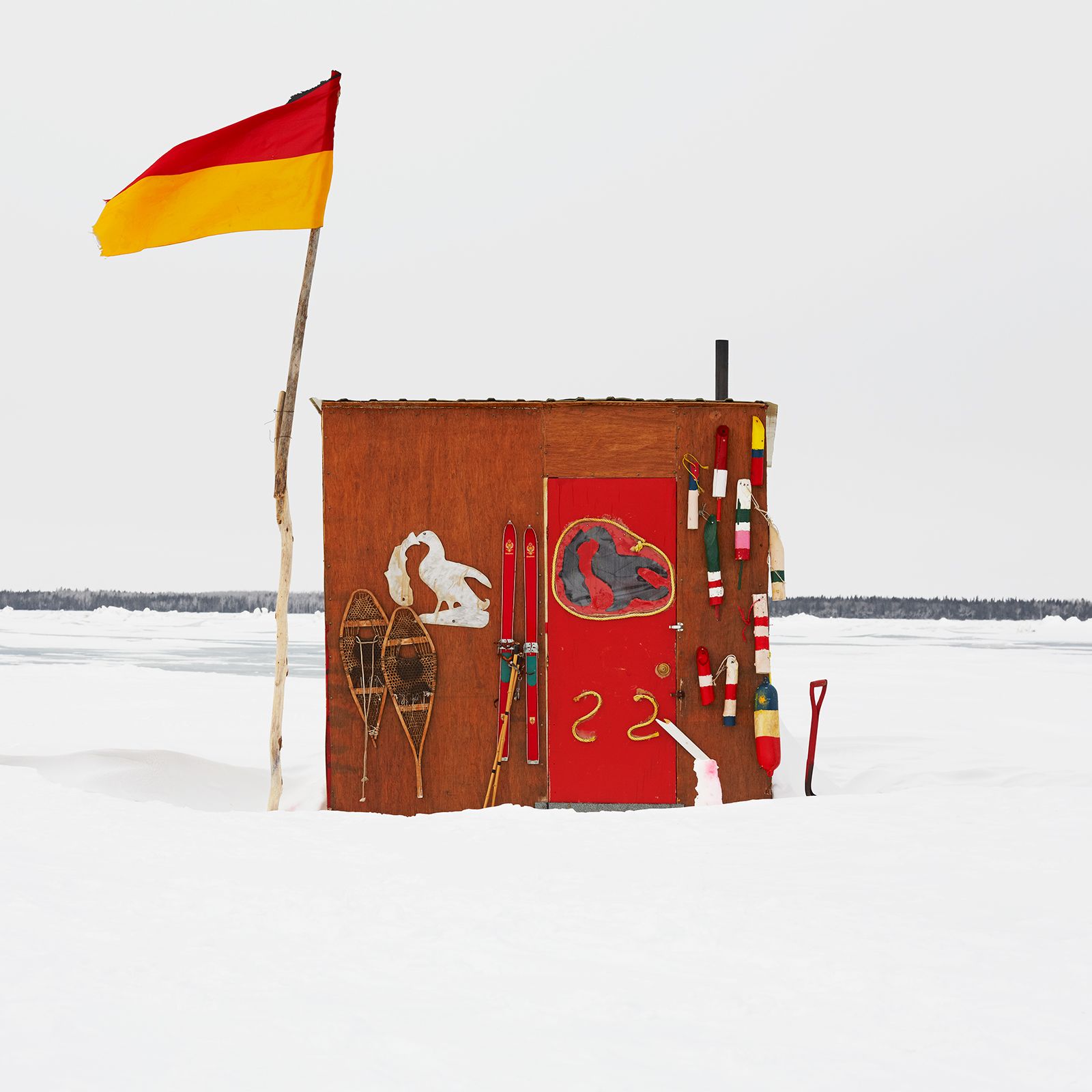
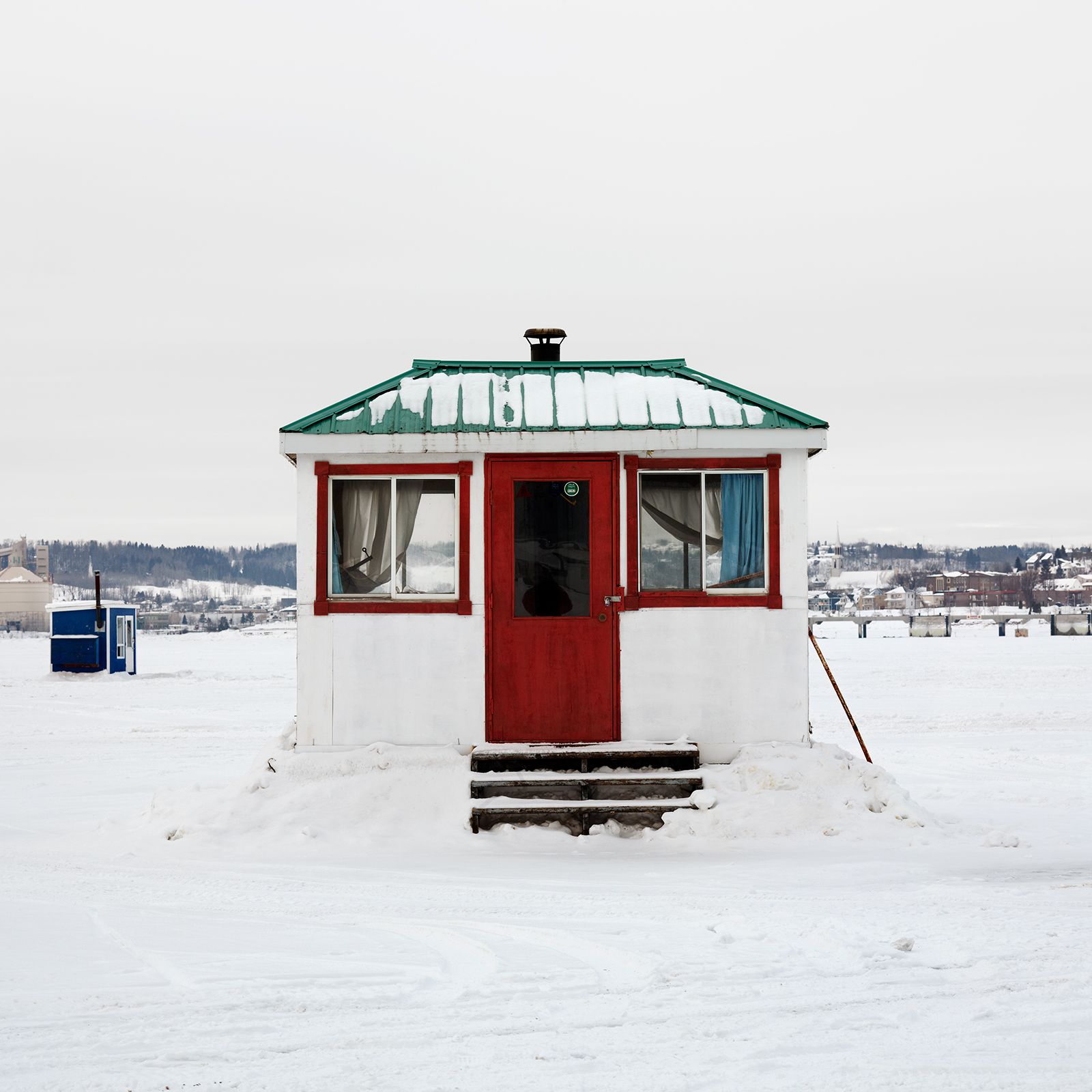
Over the years, as he travelled around the country, Richard stepped out onto the frozen ice and captured a window into winter in Canada.
Listen to Richard tell the story of his ice hut and ice village photography that is displayed at Pearson:
Despite his dedication to immortalizing Canadian ice huts, Richard never went ice fishing. His passion began and ended with the design. And while he is best known for his ice huts and villages, his collection of work spans a variety of architectural subjects, such as buildings and root cellars, all photographed with his keen eye for design details.
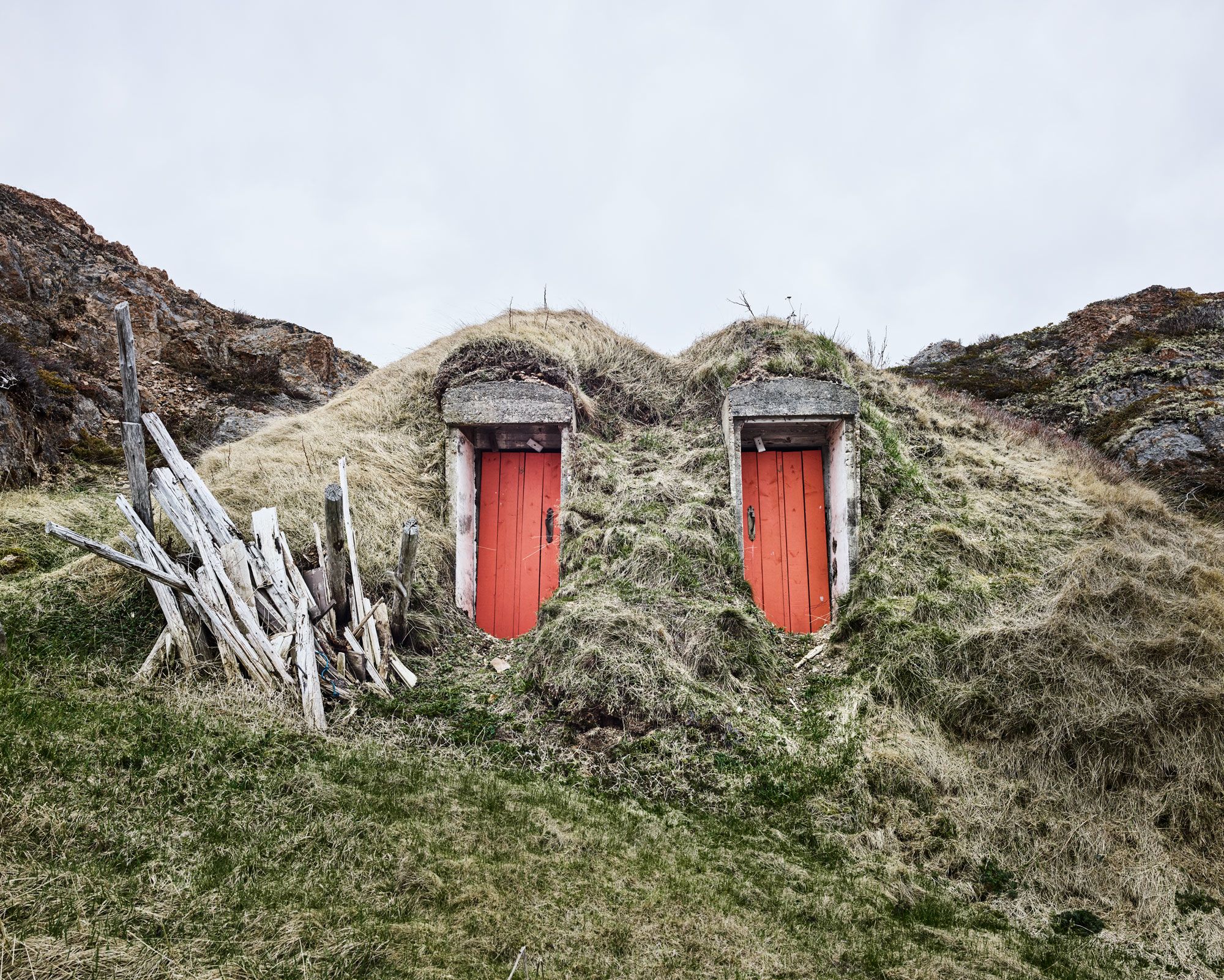
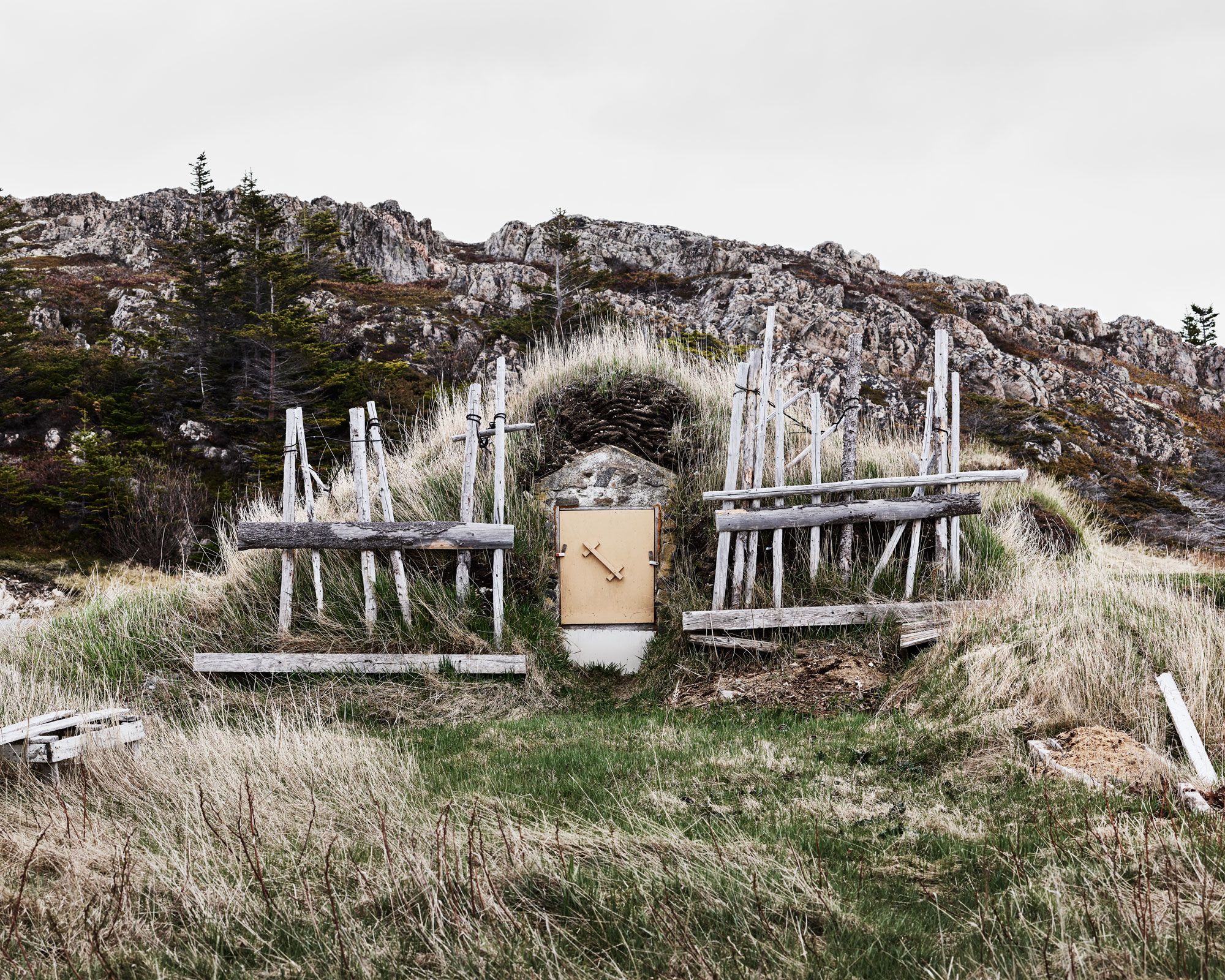
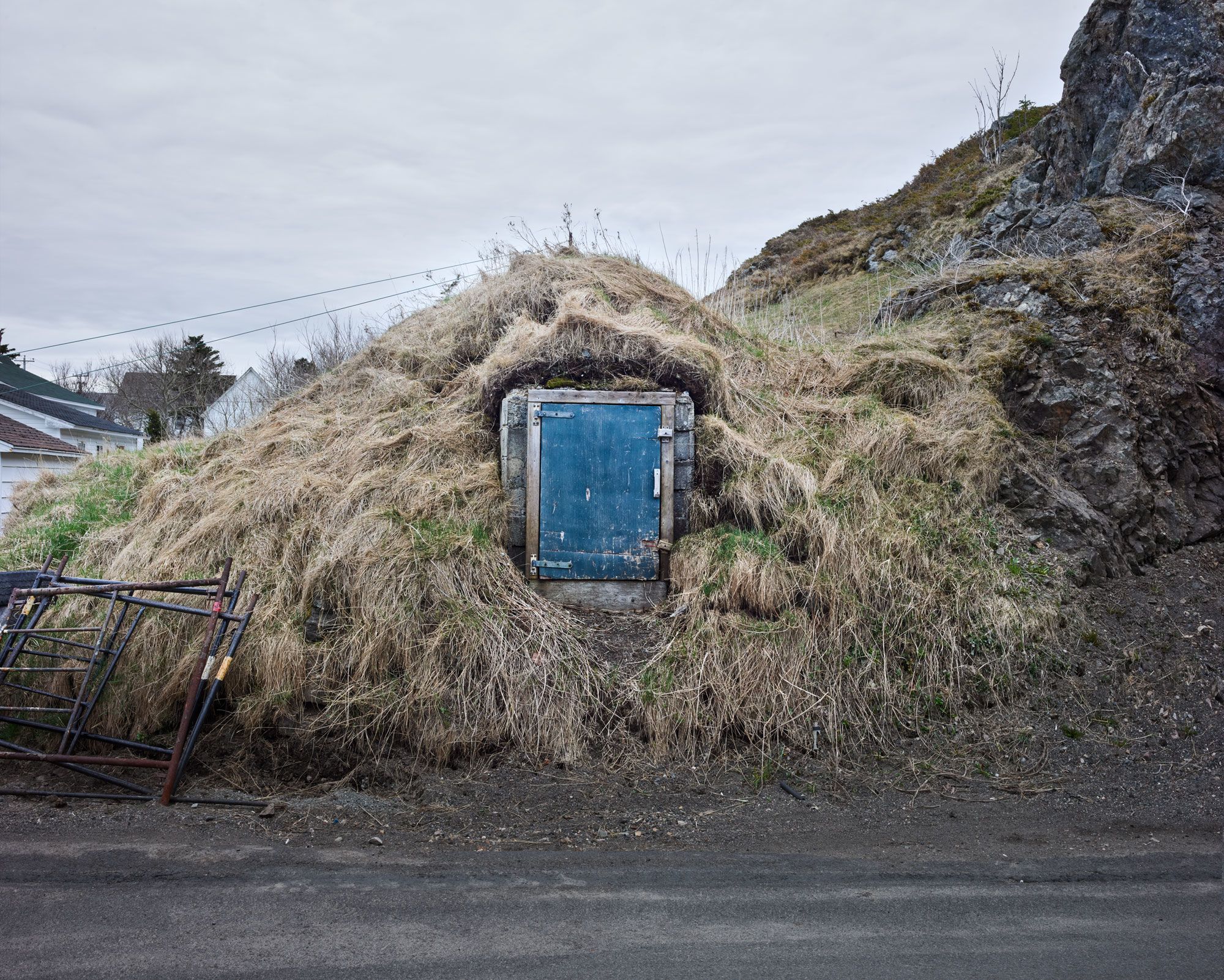

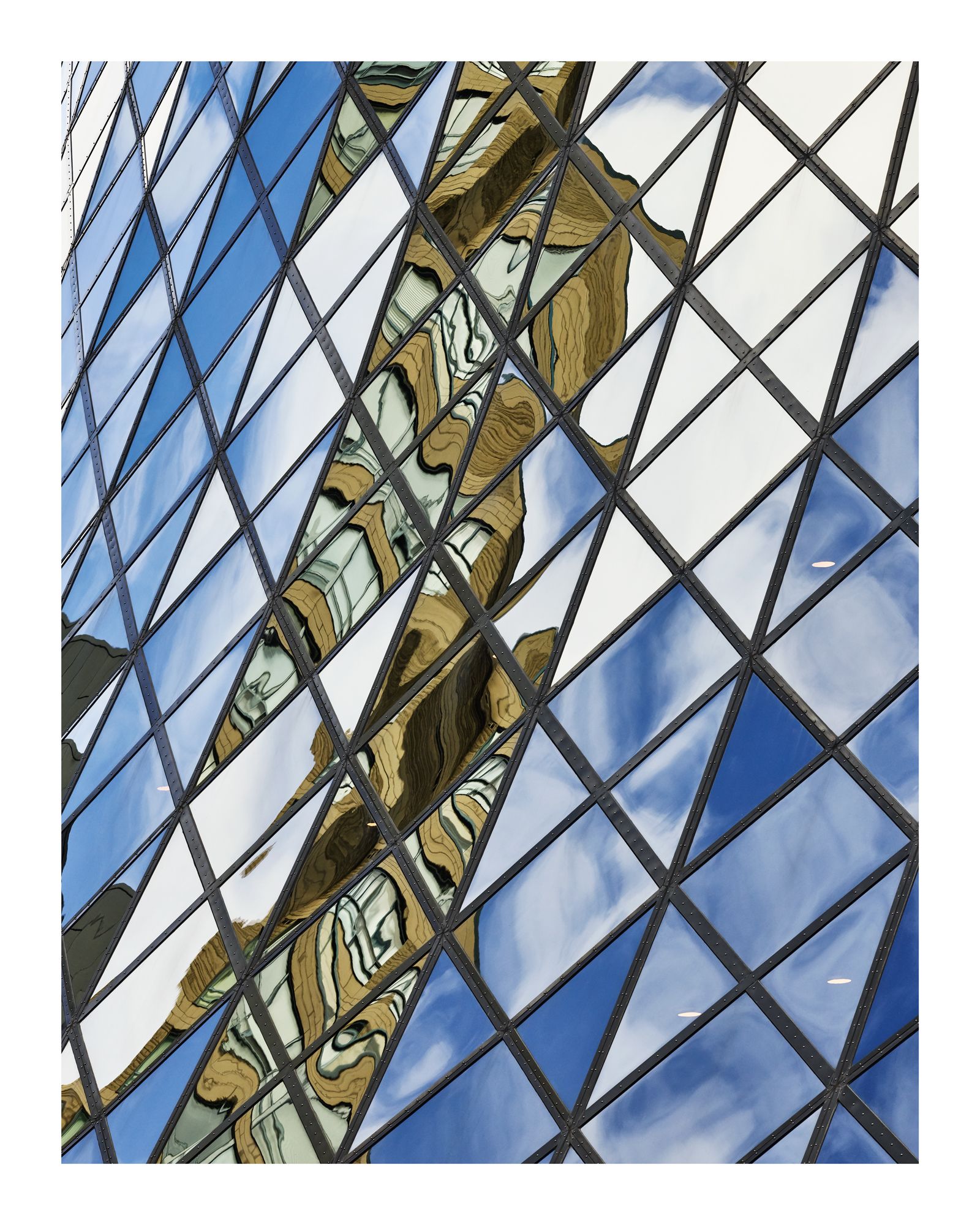
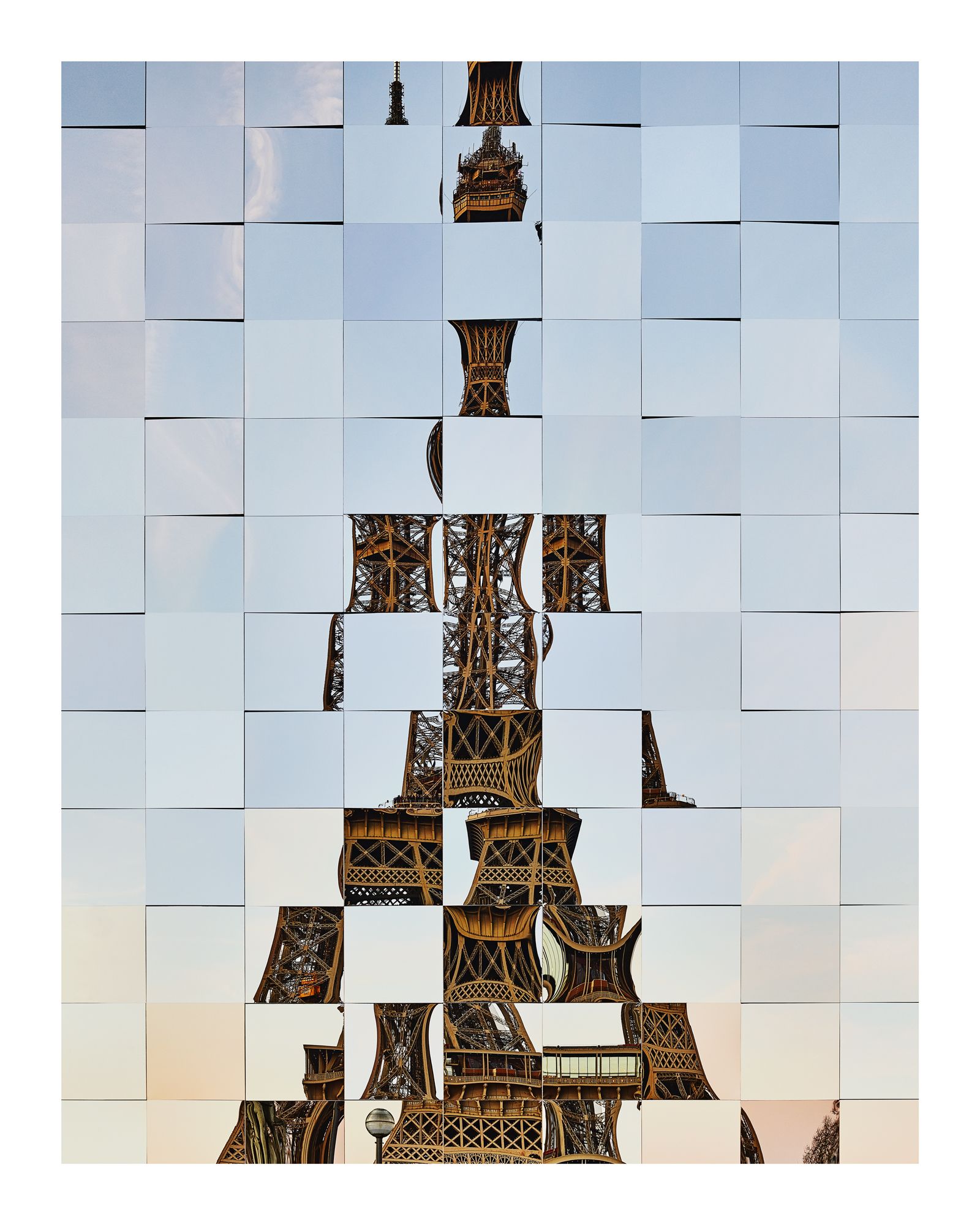
To view or purchase Richard's art, visit Richard Johnson Photography. Lucie, the heart and soul behind the virtually gallery, is always willing to showcase her late husband's work and knows the passion behind each photograph.
"His work doesn't have a heavy message," Lucie says. "It's just a beautiful, vernacular piece of architecture that you drive by, you know it exists but you don't spend time thinking about it because they are not "beautiful." But through these photographs, he's been able to extract the beauty in them."
